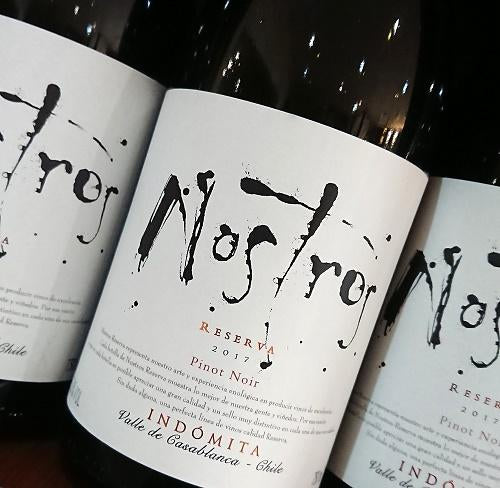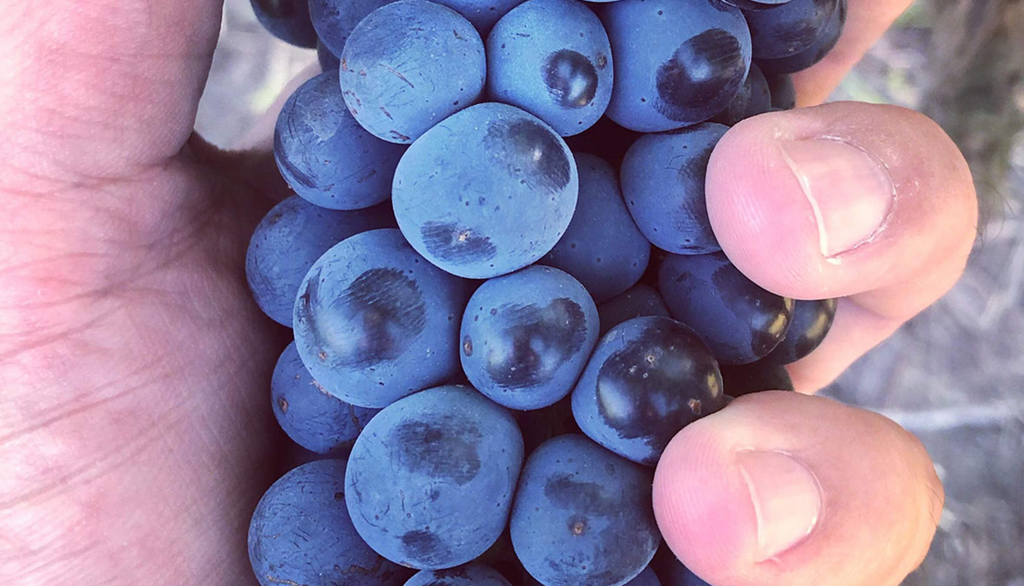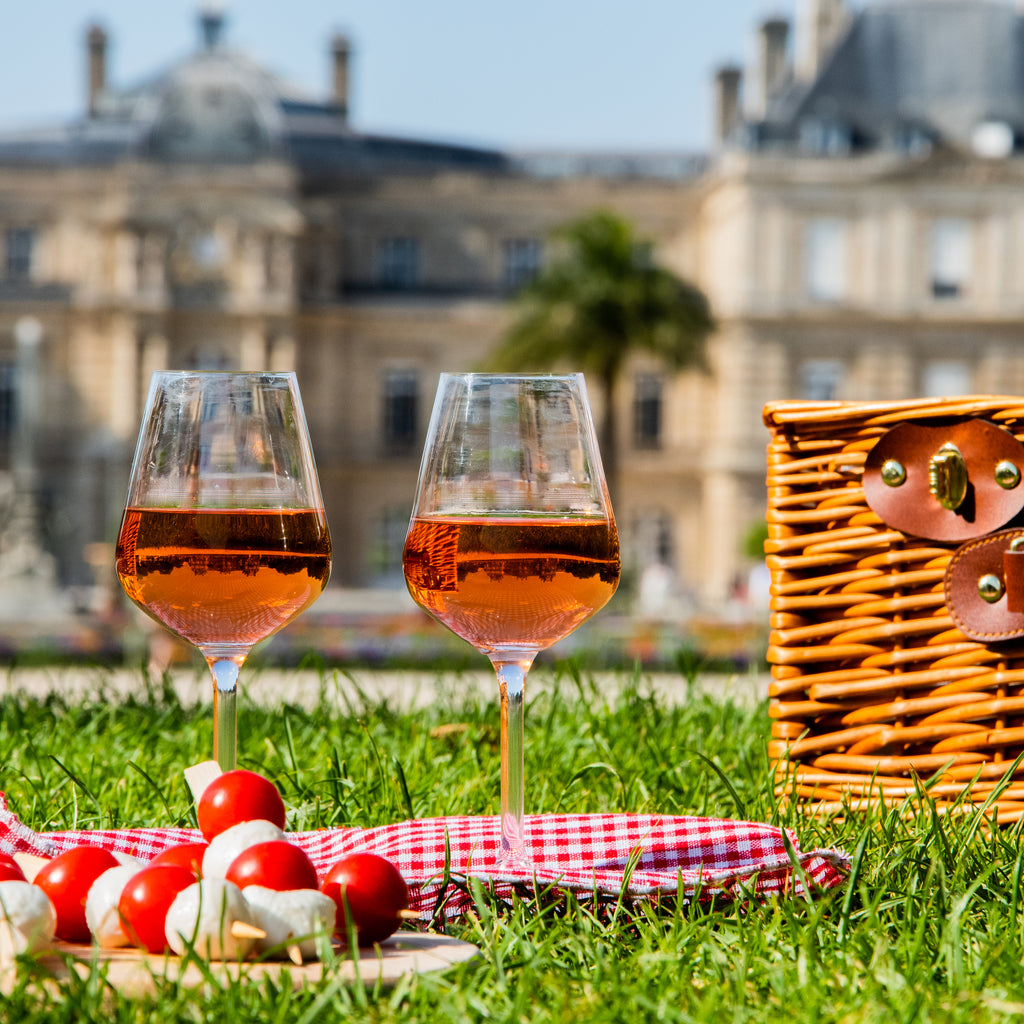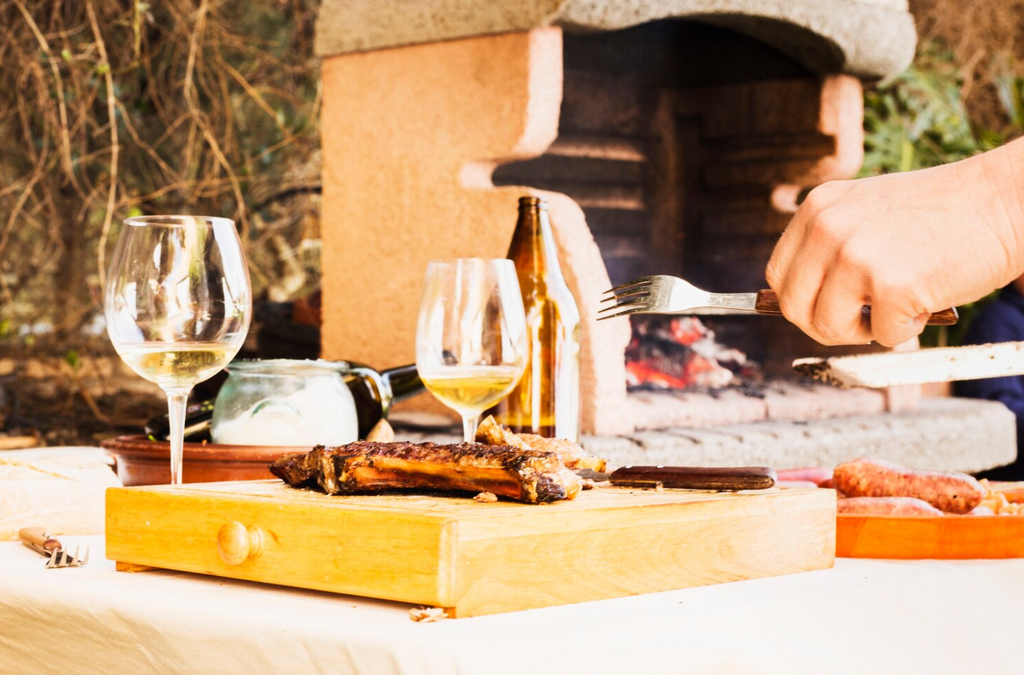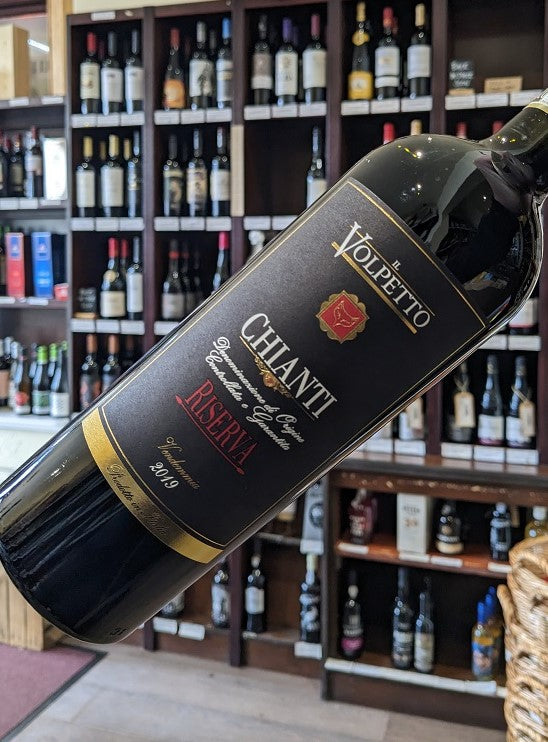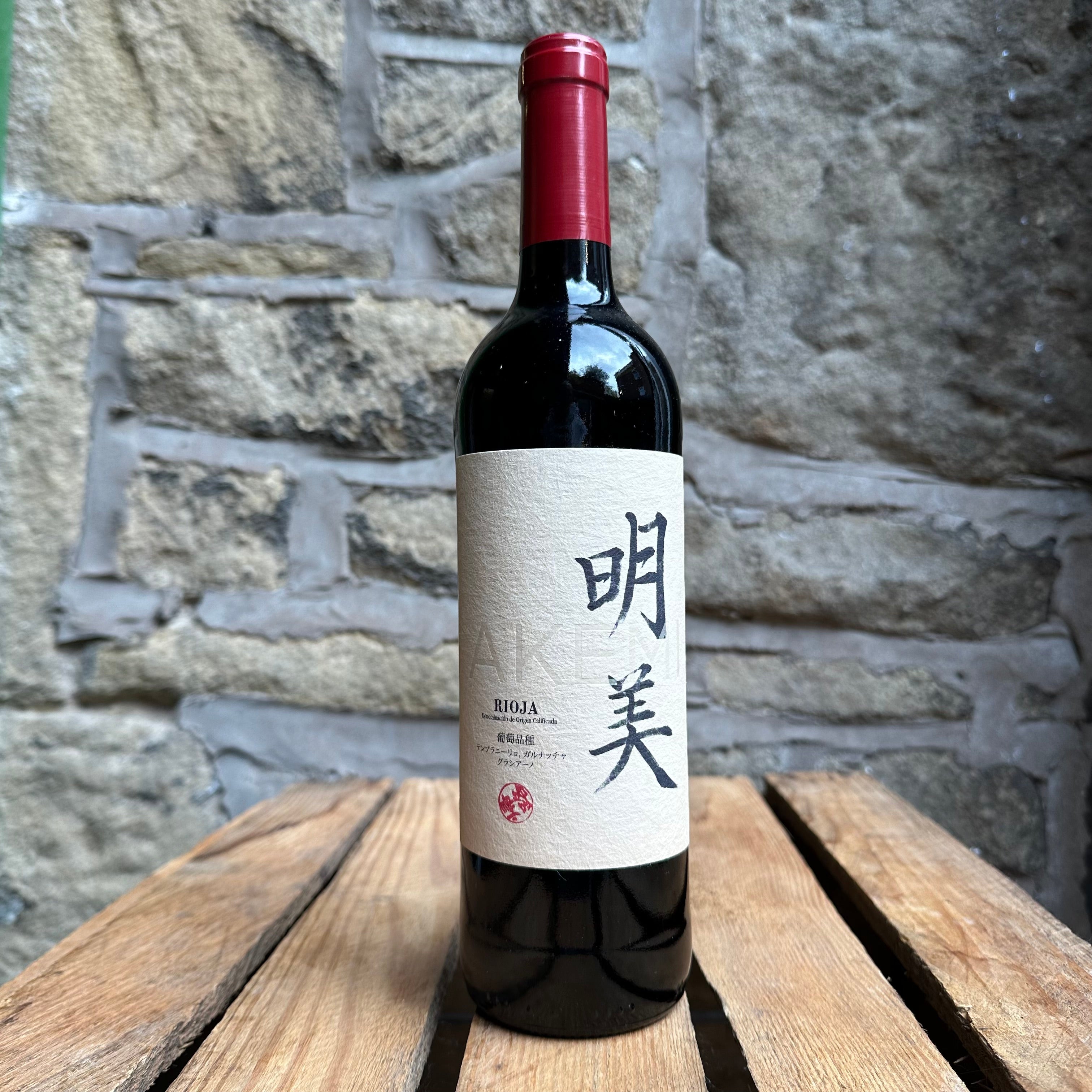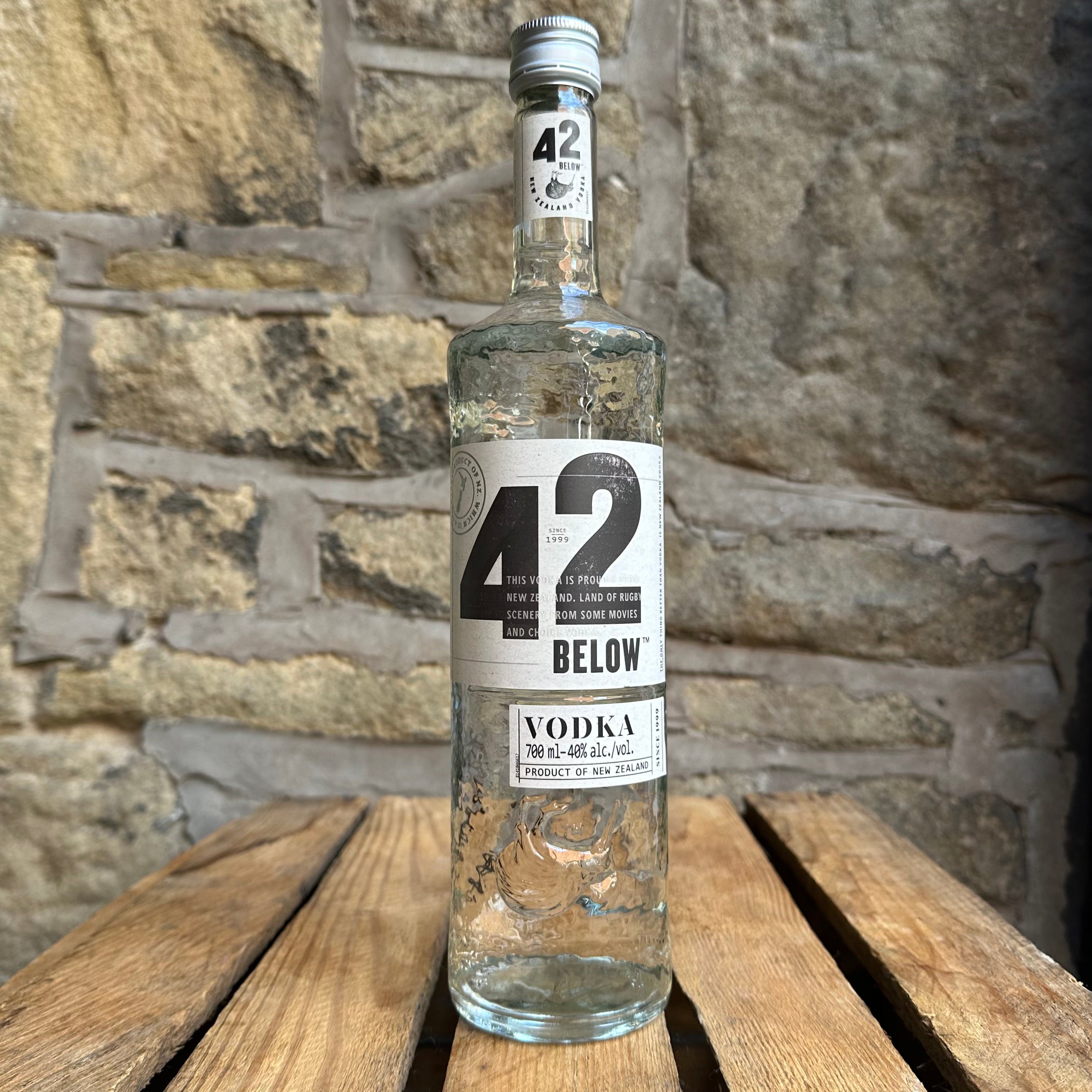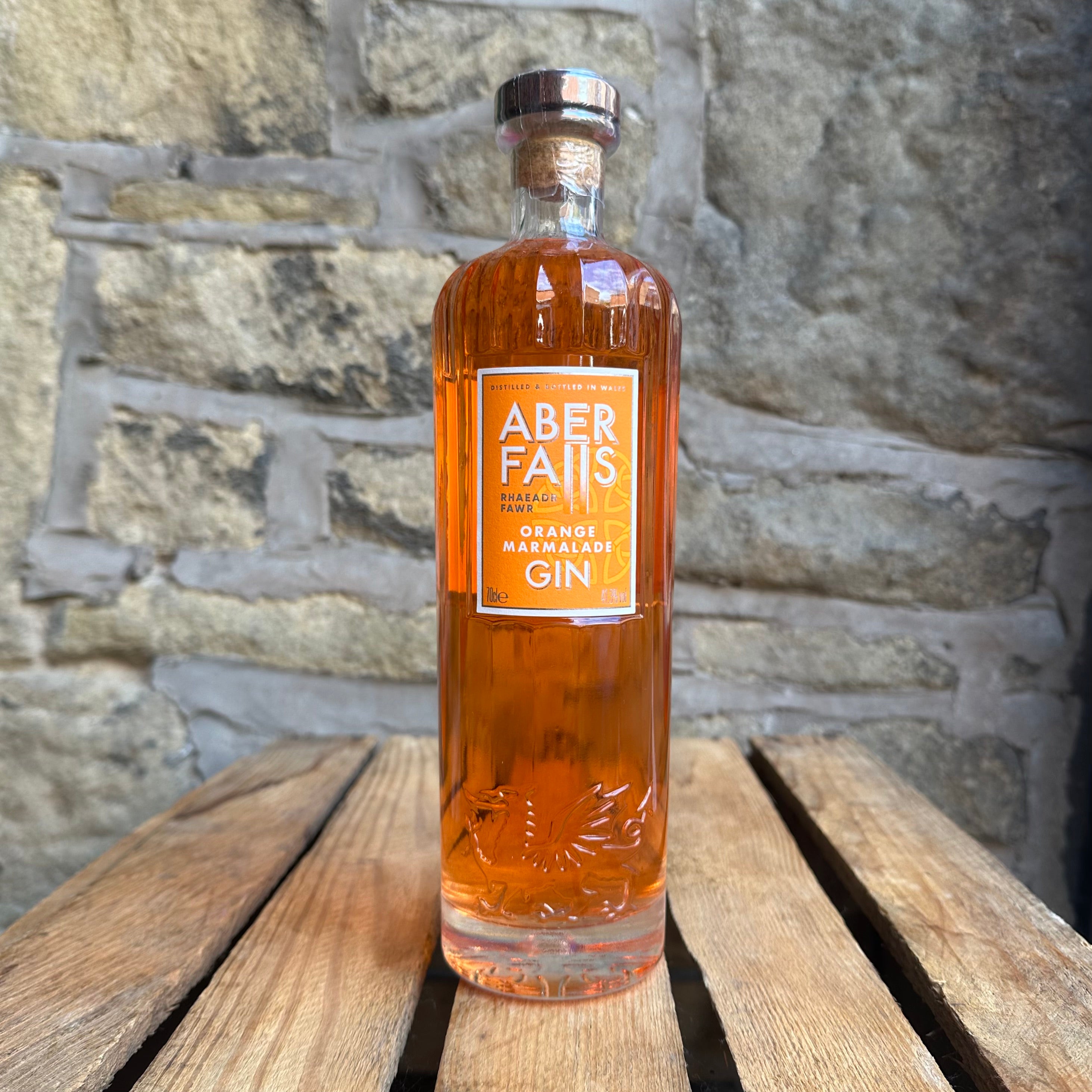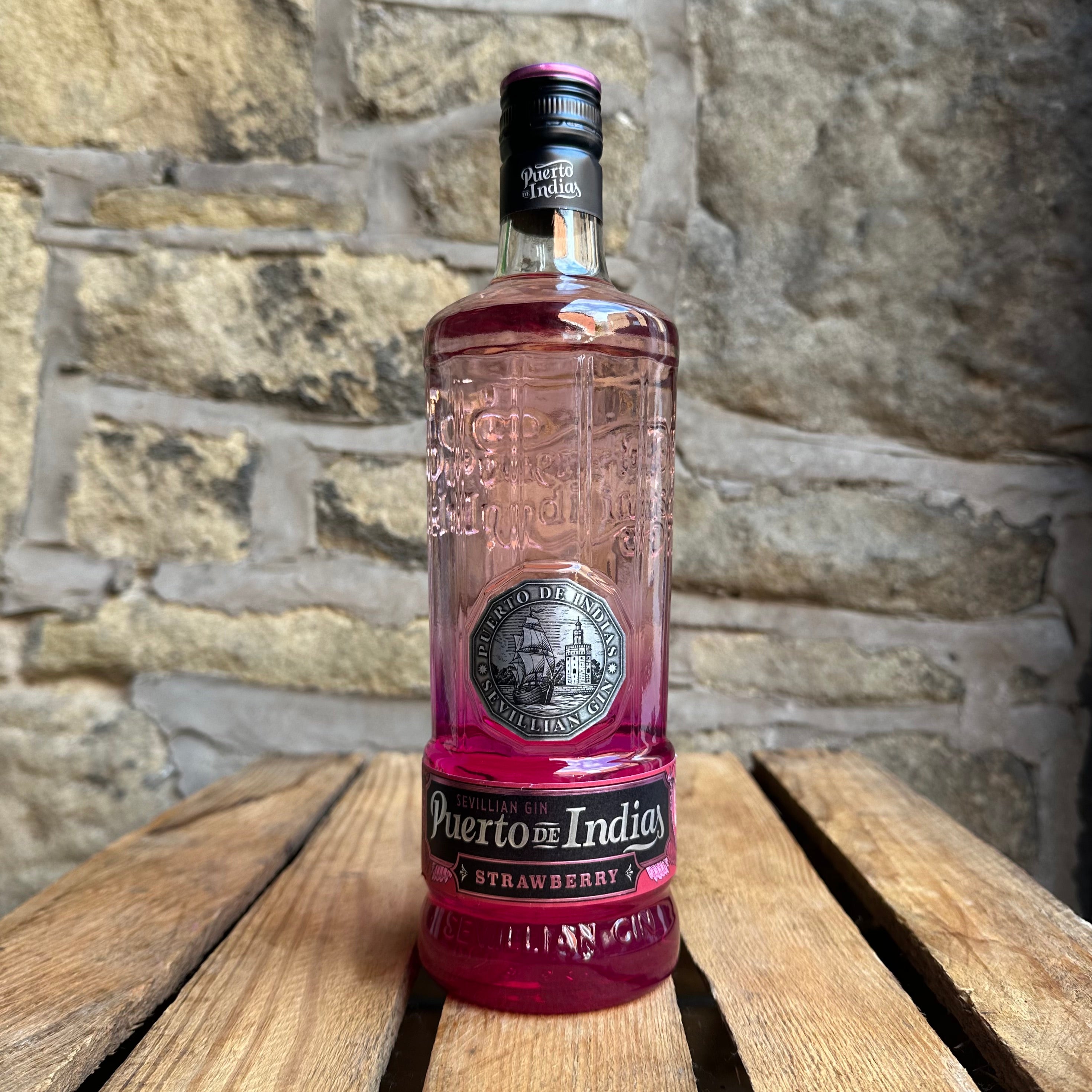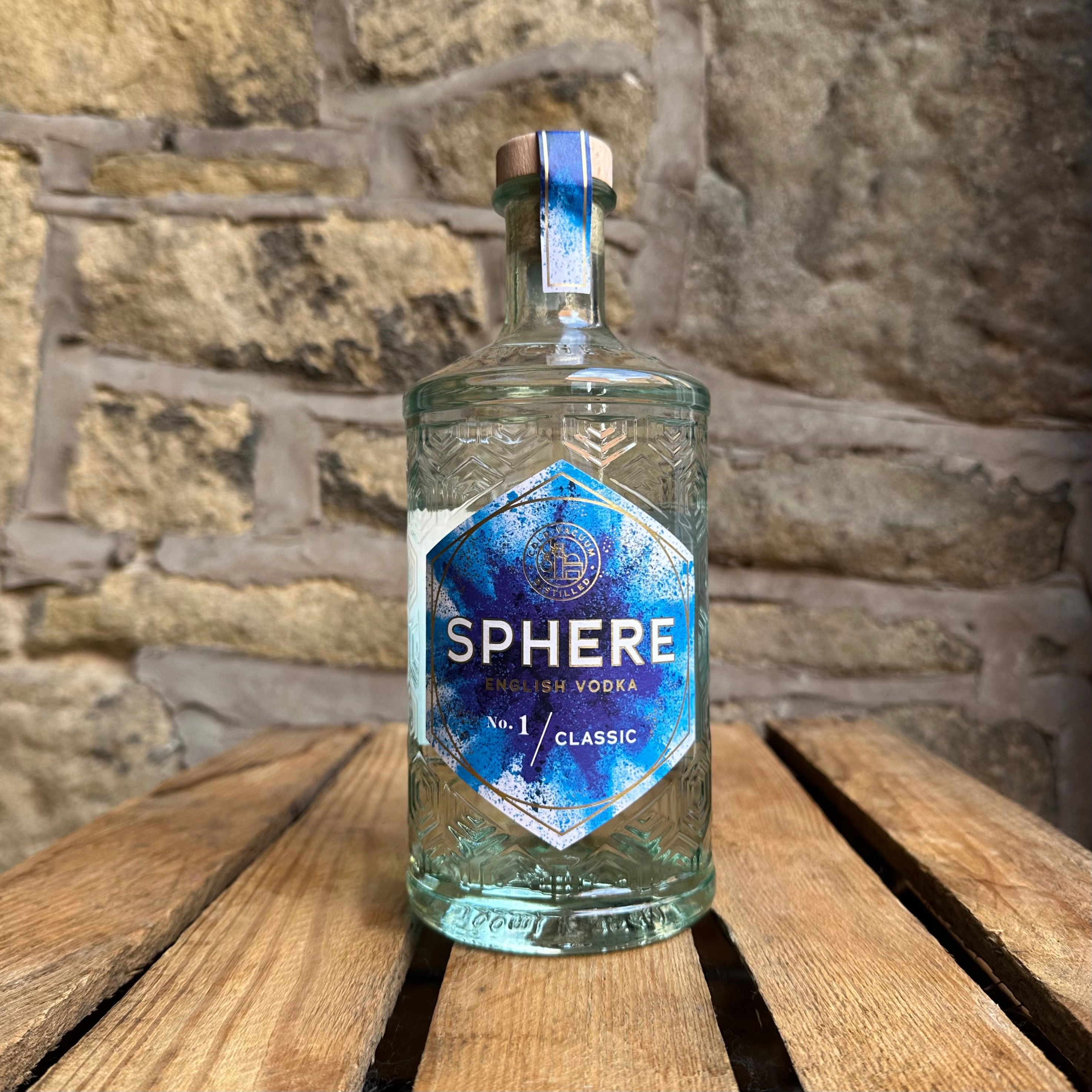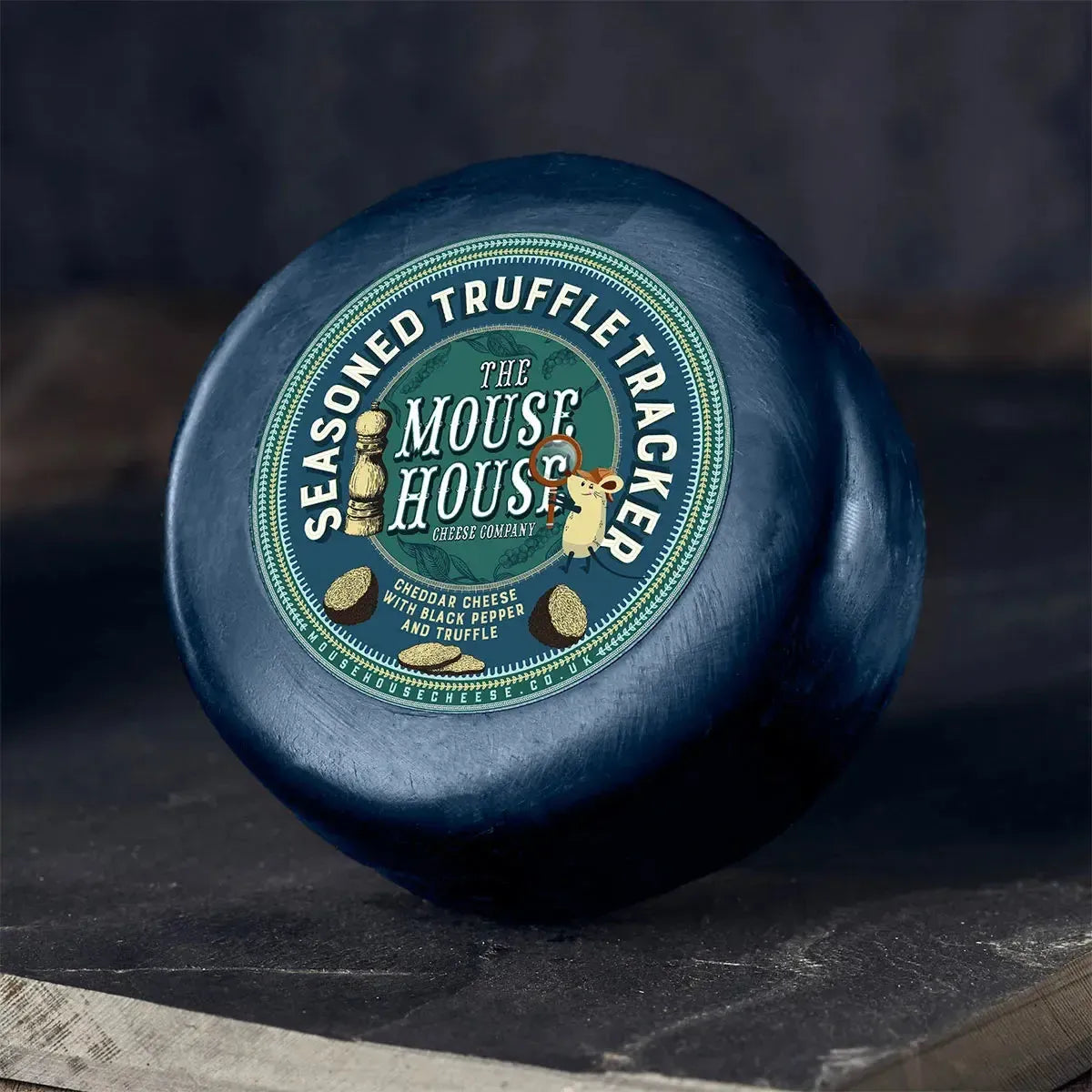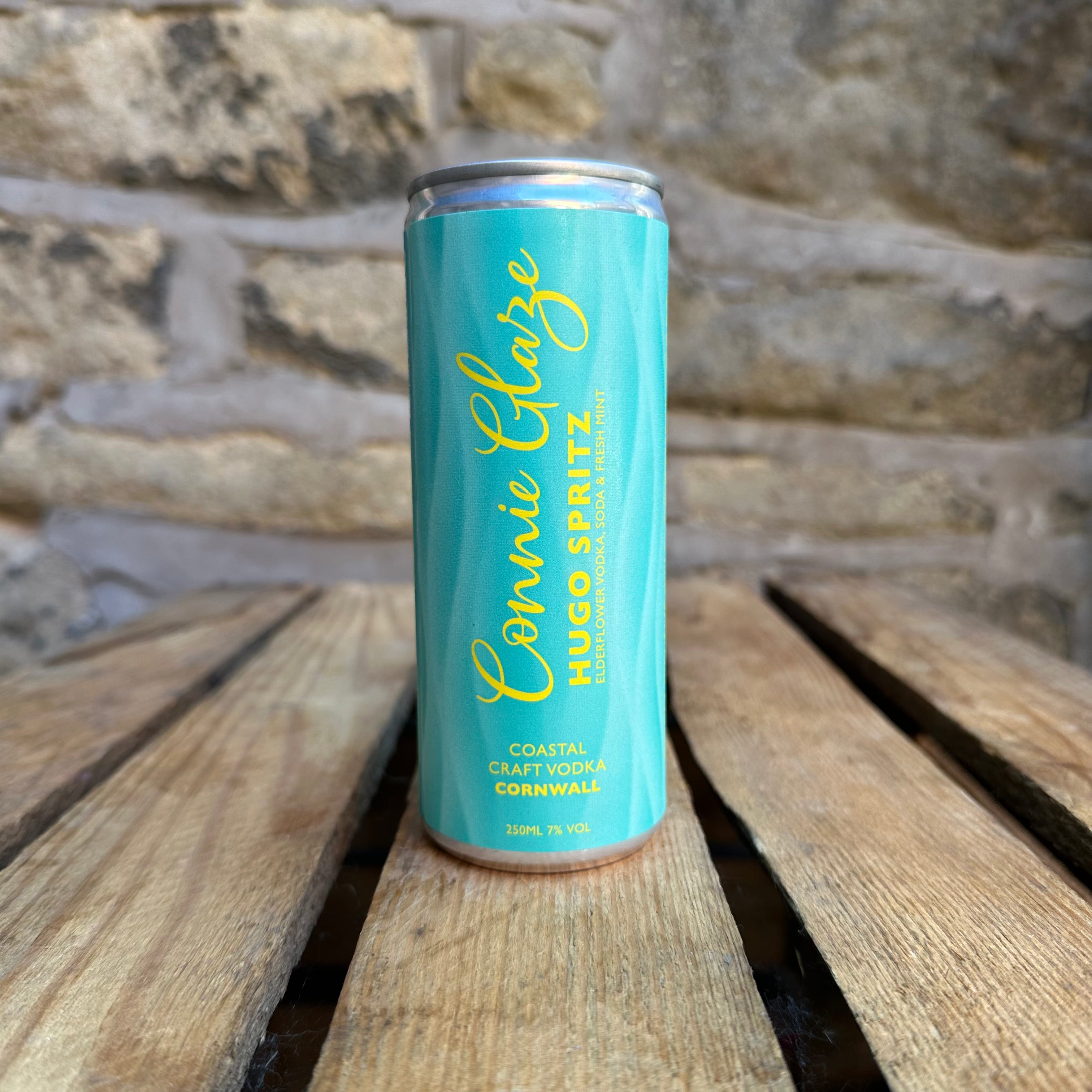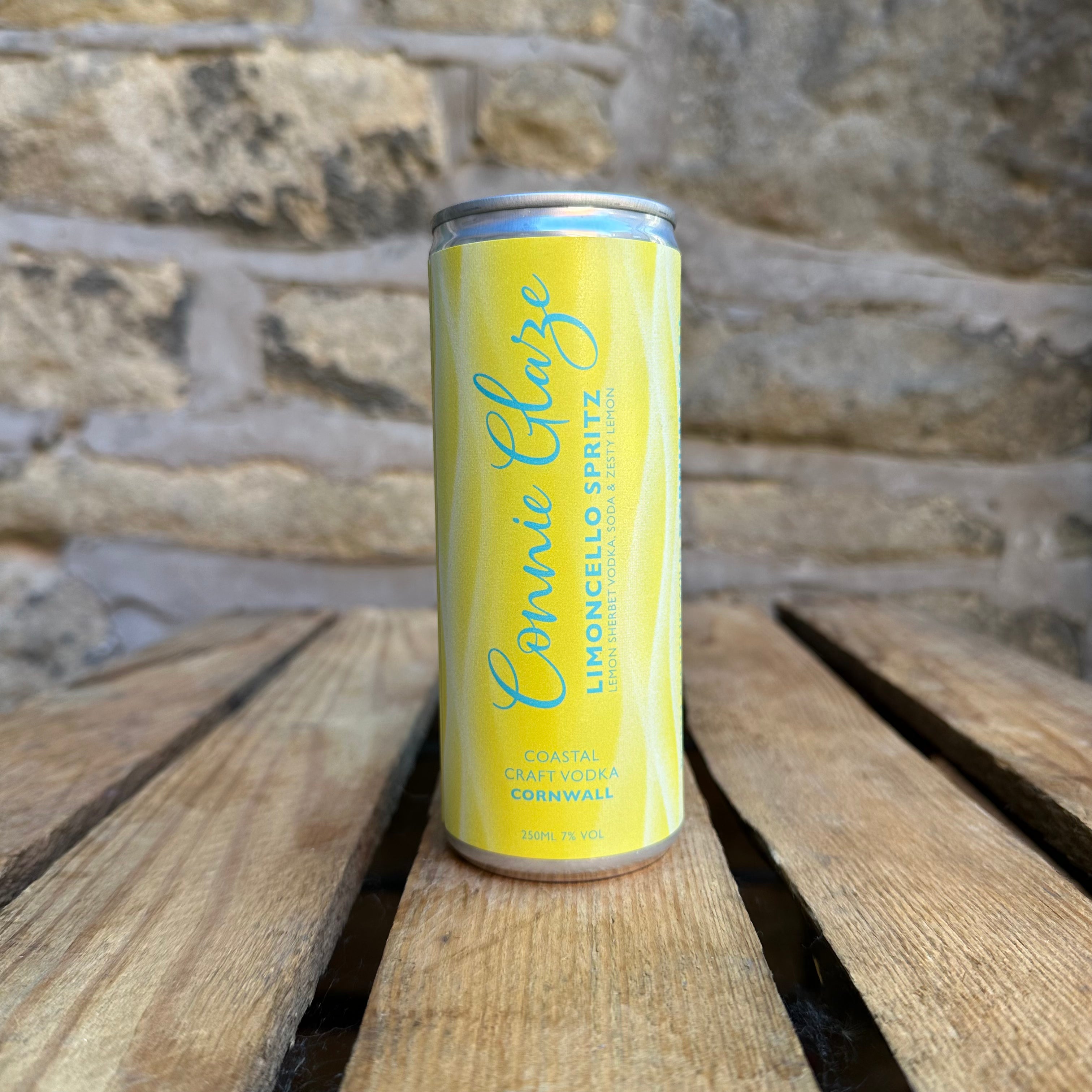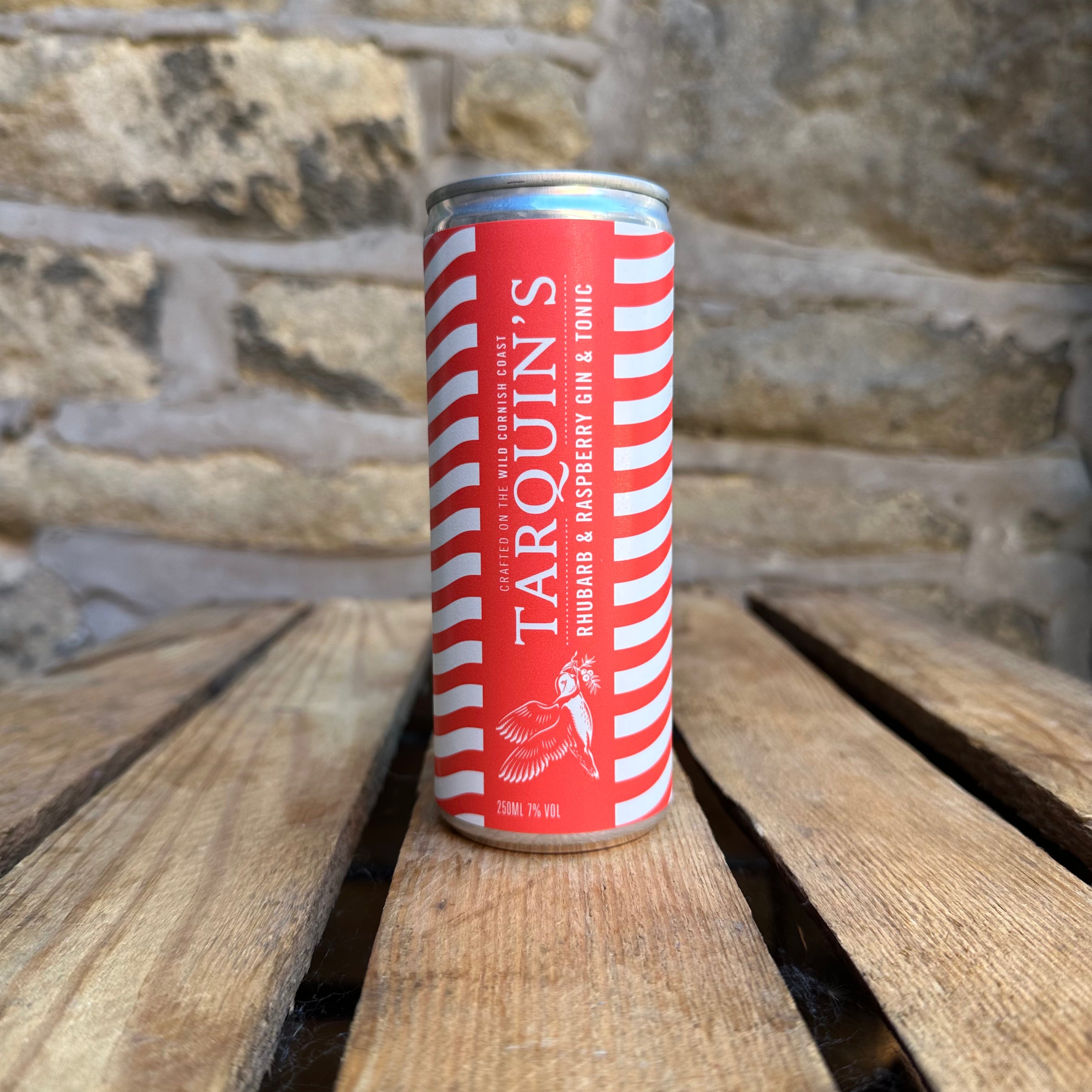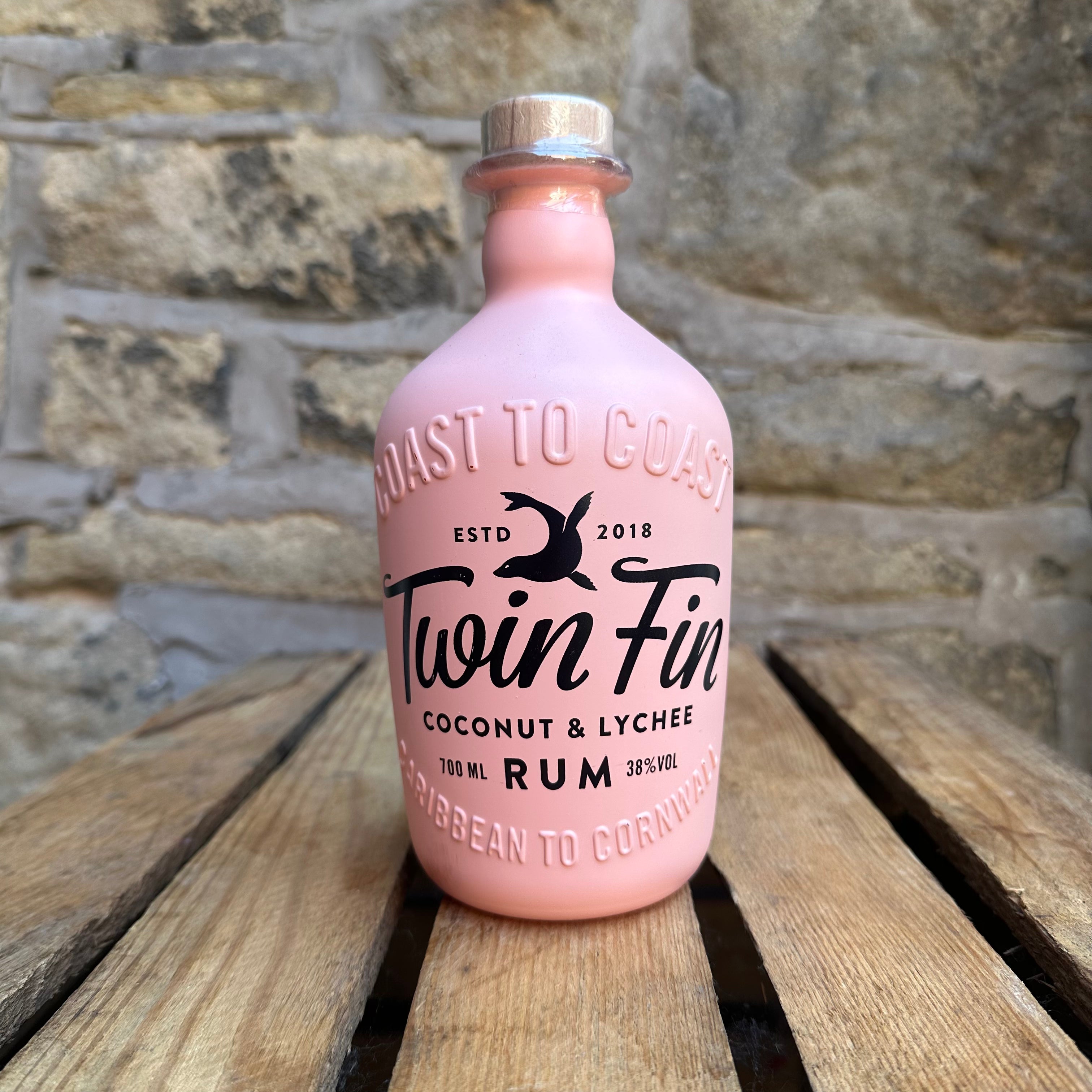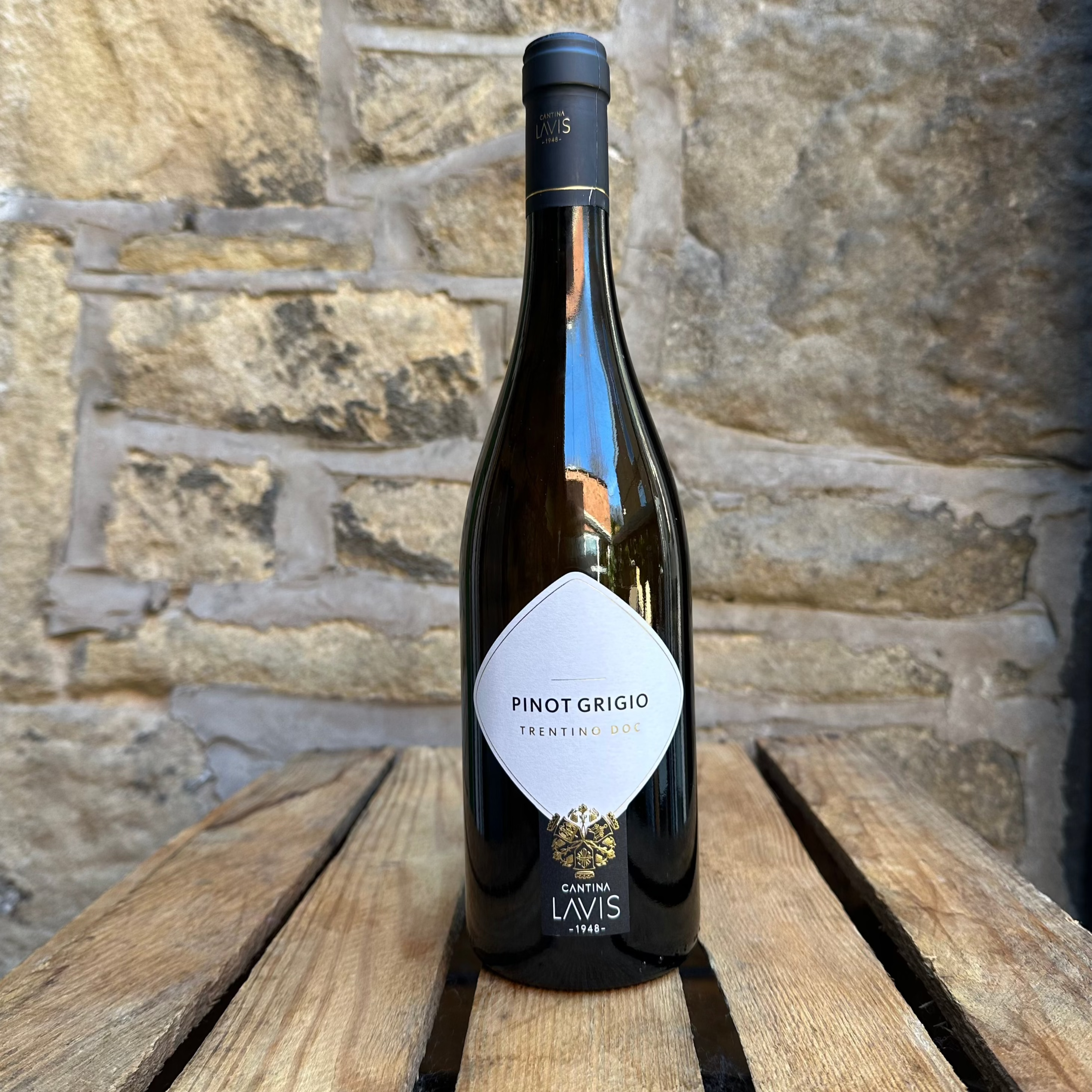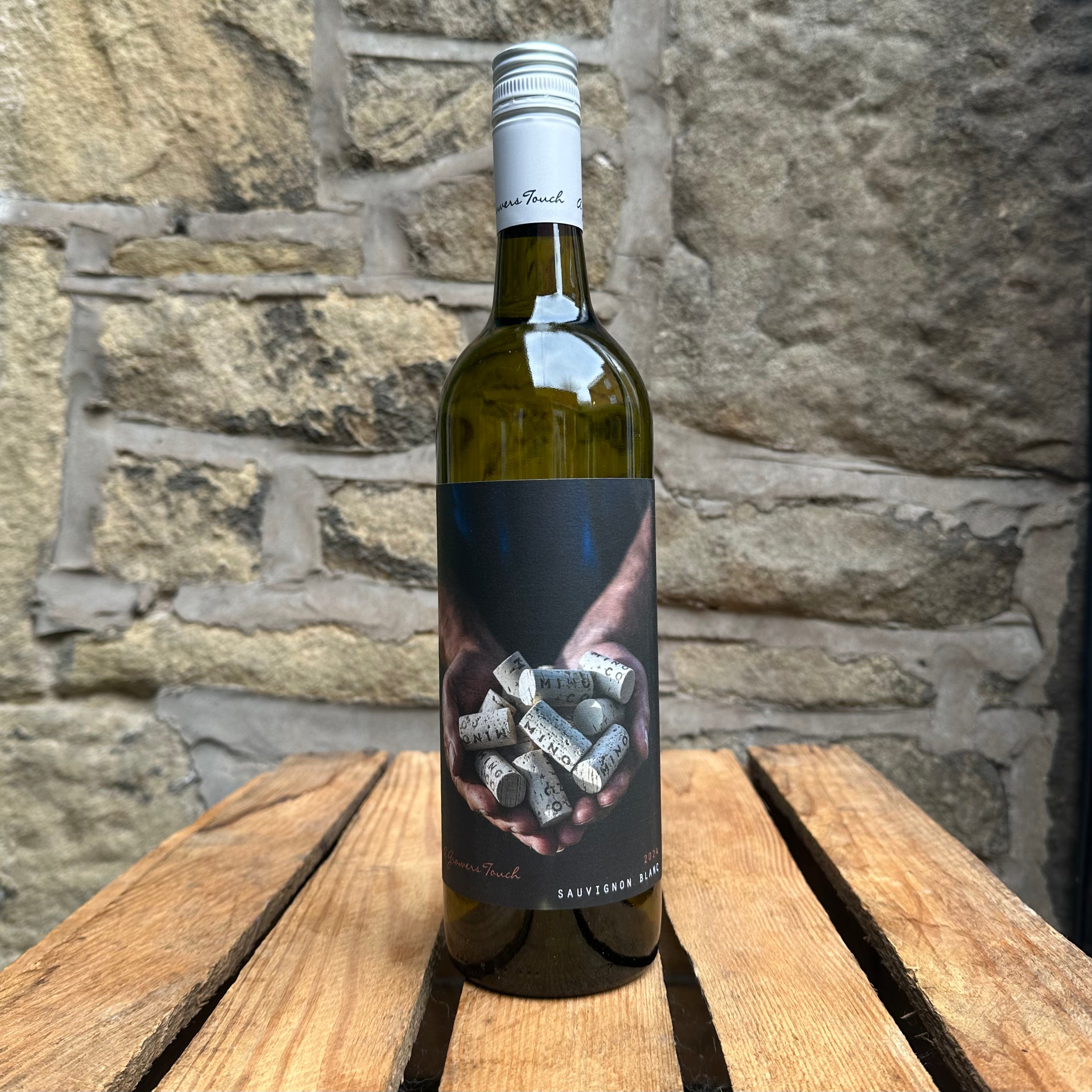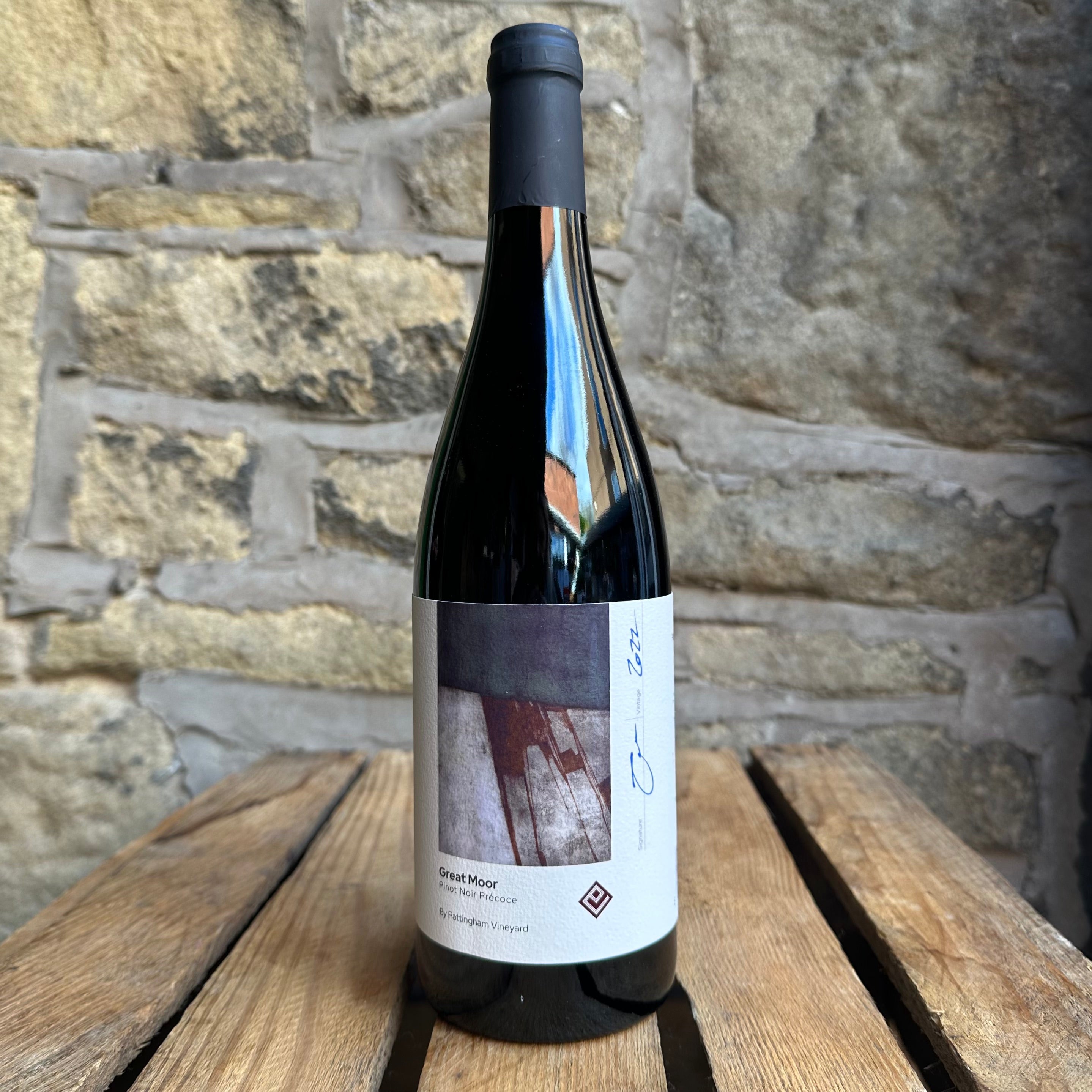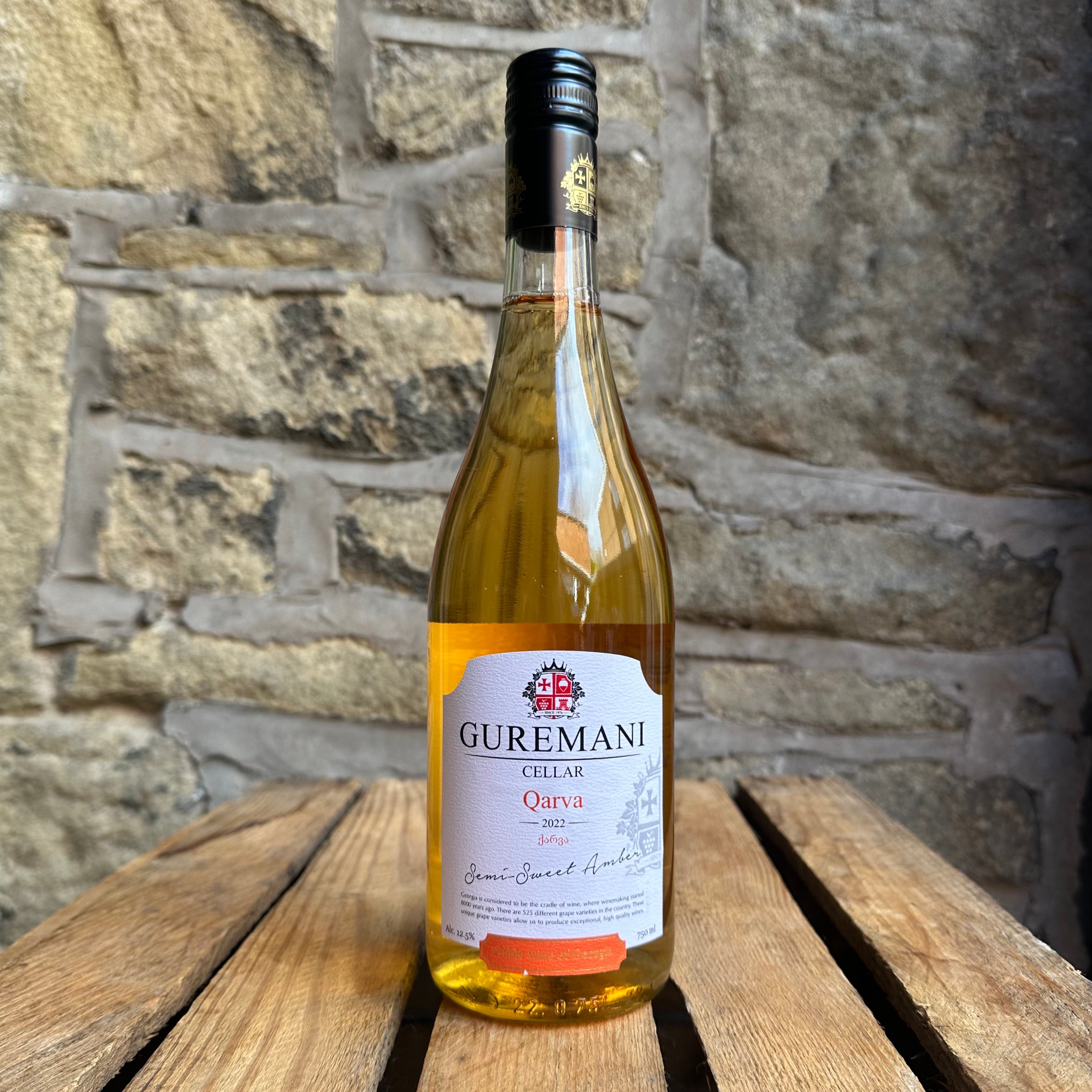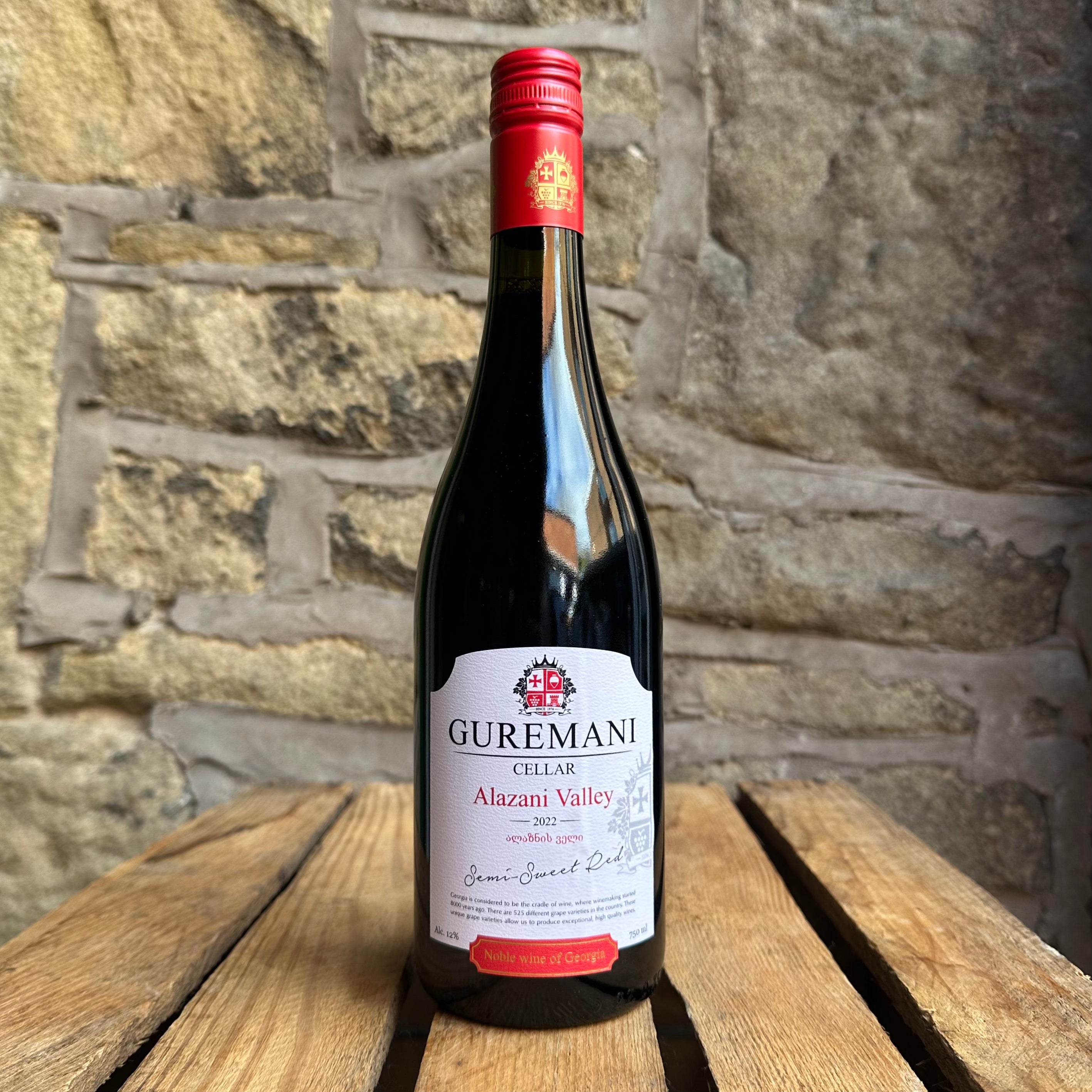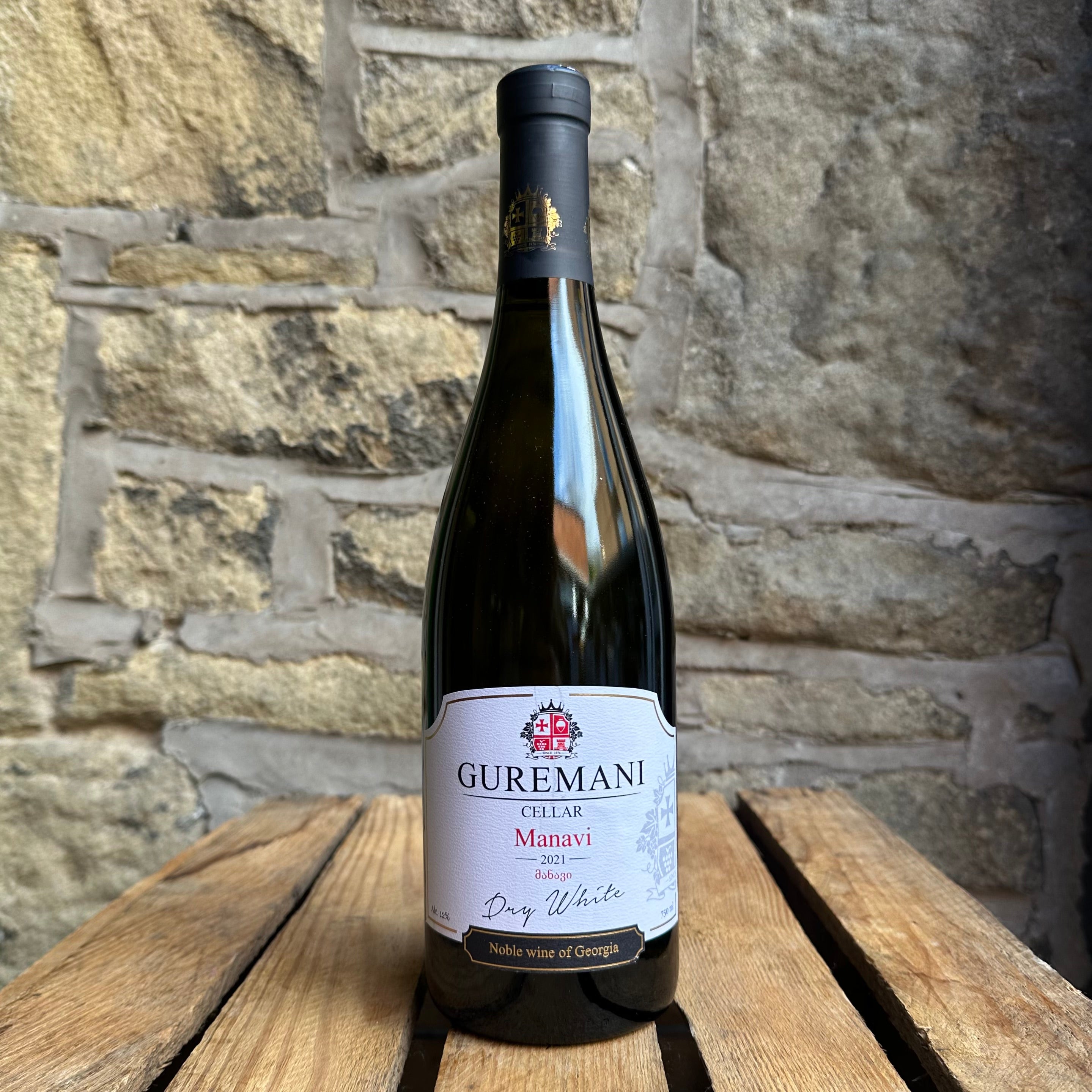Our Red Wine & Hot Supper tasting evening was a phenomenal success and much needed for a cold winter's night! Let's re-visit some intriguing red wine facts to help spark the conversation around the dinner table.
- The colour of red wine comes through contact with grape skins. Without this, wines will appear white - a handy process for sparkling white wines, many of which are actually made from red grapes such as Pinot Noir.
- The tannins in red wine are the same that contribute to the bitterness in tea and are the key to its health benefits, helping to inhibit blood vessel cholesterol and therefore contribute to heart health and longevity, but only in moderation! Too much intake of alcohol will always outweigh any benefits so drink responsibly.
- Oak is used to age wines as it speeds up maturation, allows it to breathe through its porous surface without over-oxygenating it, and softens the bitter tannins. Living inside oak is a compound known as vanillin, which transfers into the wine after lengthy periods of time creating those vanilla flavours.
- If you suffer from 'red wine headaches', you may be reacting to high levels of sulphites. These sulphites are key to the longevity of red wines in the bottle, but there are alternatives. Organic wines are typically much lower in sulphites and can be a great way to avoid headaches for those who are sensitive.
- Researchers believe grapes have existed for around 65 million years. Red wine grapes existed before white grapes, as white grapes are thought to be a DNA mutation of red grapevines. Almost all wine grapes are classed as the same species: Vitis vinifera which has its origins in Eastern Europe.
- Holding a wine glass by its stem and swirling the wine is not for show. Holding by the stem maintains the correct temperature of the wine, whilst swirling helps to release the complex aromas. Red wine glasses are typically wider at the bottom to maximise these aromas.
- There are over 8,000 grape varieties, with more than 1,300 used to make wine. This means there are many that most of us have yet to discover! Some of our favourites to introduce to people are Eastern European with indigenous grapes from countries such as Romania and Armenia, and of course our speciality Georgian wines.
- Not all red wines are best consumed with age. What does occur for most red wines with long ageing is a change in flavours and increased complexity, but grapes with low tannins are best consumed in their youth. These include the Gamay grape used in Beaujolais amongst others.
- And finally, a phobia of wine exists. Oenophobia is described as an intense fear of the beverage often resulting in paralyzing anxiety and real panic attacks. This may seem irrational, but it can have rational origins such as a fear of intoxication due to previous experience(s).

